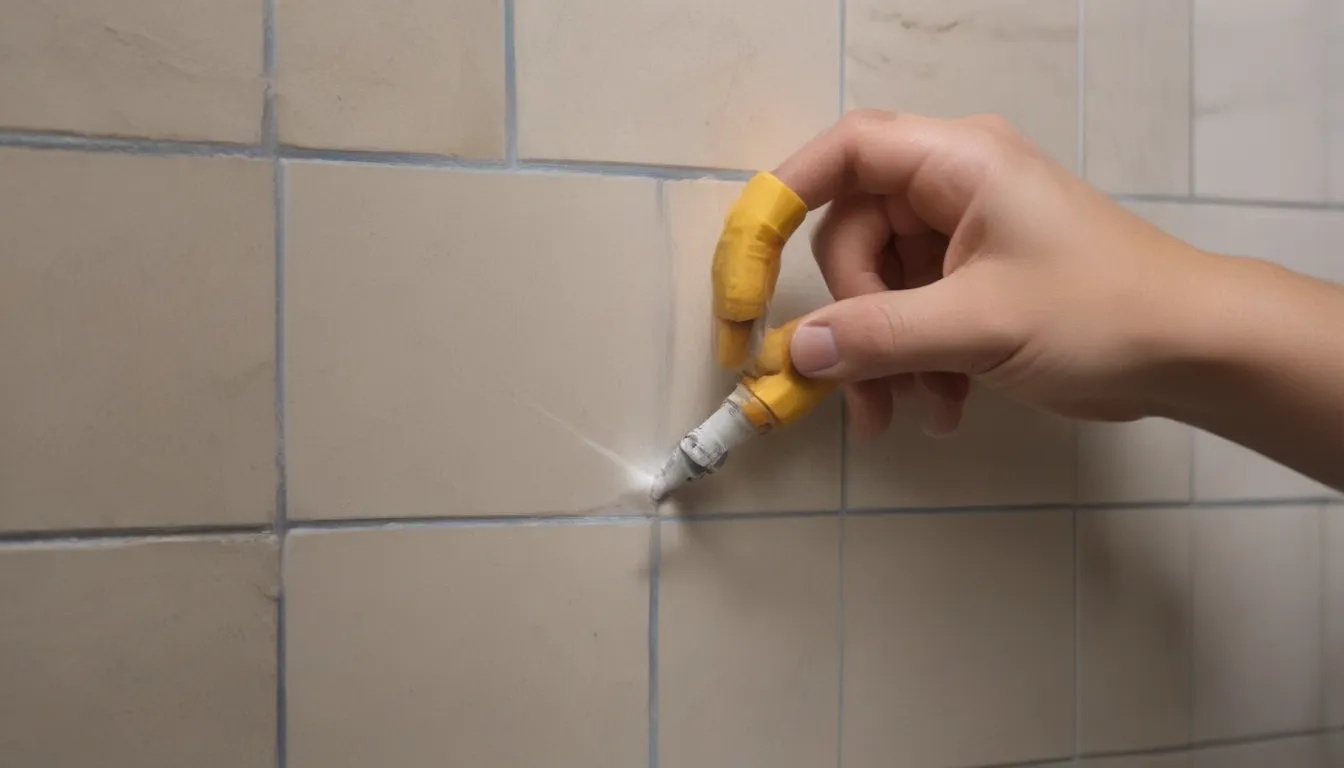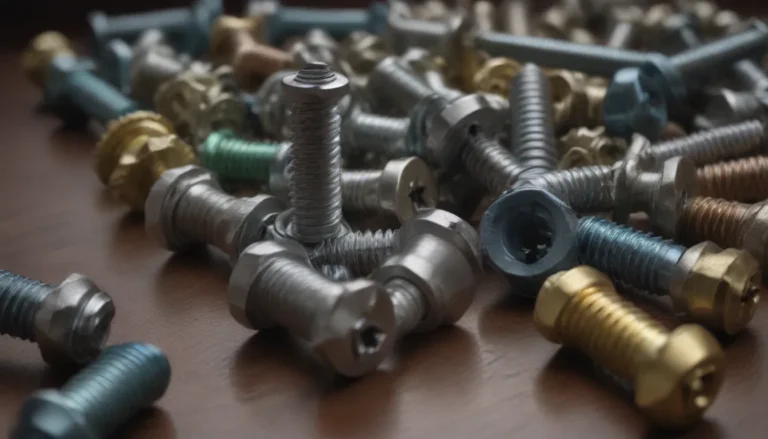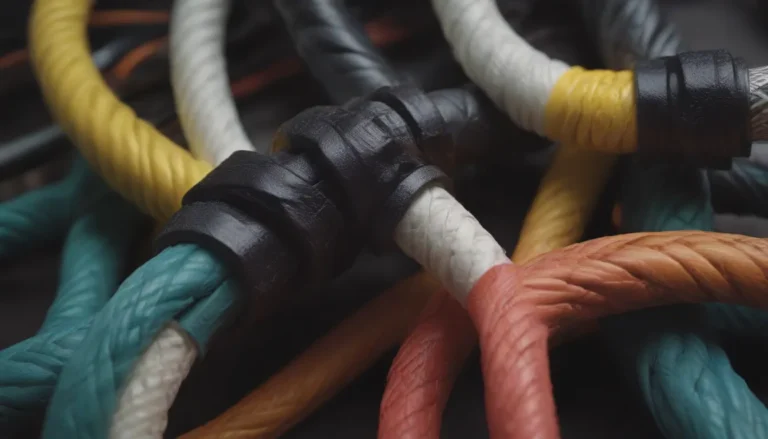Understanding the Difference Between Grout and Caulk

Grout and caulk are two essential materials in the world of DIY projects, especially when it comes to tiling. As a beginner, it can be challenging to differentiate between the two and know when to use each one. In this comprehensive guide, we will break down the key differences between grout and caulk, including when to use which, how to store them, and whether you should ever swap one for the other.
What Is Grout?
Grout is a material similar to concrete that is used to fill the gaps between tiles and other materials. Its main functions are to keep water out, protect the substrate, and lock the tiles in place. Here are some key points to know about grout:
- Forms a rock-hard surface
- Bonds with the substrate and tile
- Comes in many colors
- Lasts a long time with proper application and upkeep
- Does not shrink
- Requires sealing
- Can show stains
- Requires mixing before use
- Difficult to remove and replace
Grout is ideal for joints that will not see any movement, such as between tiles on a floor or wall. It comes in two main types, sanded and unsanded, each designed for different surfaces, tile materials, and spacing. Using the wrong type of grout for your project could cause the tile to fail.
What Is Caulk?
Caulk is a flexible sealant used to seal gaps between materials that may move independently. Here are some key points about caulk:
- Creates a flexible seal
- Comes in many colors
- Requires no mixing
- Adheres to more materials than grout
- Can be used beyond just tile projects
- Easier to remove and replace
- Will harden, shrink, and crack over time
- Does not offer the same protective and strengthening qualities as grout
Caulk is perfect for sealing gaps between independently moving planes, such as corners between walls or between a tile wall and a bathtub. While caulk may look good and seem solid after installation, it is not designed to bond to the substrate like grout.
Grout vs. Caulk: Key Differences
Even though grout and caulk are often applied in close proximity, they are not interchangeable. Here are some key differences between the two materials:
- Storage:
- Grout is stored as a powder in a bag
-
Caulk is stored as a dense fluid inside a sealed tube
-
Preparation:
- Grout must be mixed with water before application
-
Caulk can be used straight out of the tube
-
Properties:
- Grout cures to form a rock-hard surface
-
Caulk stays slightly flexible after curing
-
Uses:
- Grout fills the gaps between tiles
- Caulk seals gaps between independent surfaces
Storage
Grout and caulk are stored differently, and each has specific requirements for long-term storage:
Grout
Grout comes in bags as a powder and must be mixed with water to become adhesive. The powder can be stored over long periods as long as it remains dry.
Caulk
Caulk comes in a sealed tube and does not require mixing. Once the seal is broken on a tube of caulk, it must be used fairly soon. Some types of caulk can be stored for a short time if the tip is covered and sealed.
Tip: To keep caulk soft after breaking the seal, drive a nail or screw into the tip to prevent air from drying it out.
Preparation
The preparation process for grout and caulk differs, with grout requiring mixing and caulk just needing to be placed in a caulk gun:
Grout
Grout must be mixed with water according to the manufacturer’s instructions. Once mixed, it has a specified working time to be applied.
Caulk
Caulk does not require mixing and can be used straight out of the tube. The tube needs minimal preparation, including cutting the tip, puncturing the seal, and loading it into a caulk gun.
Tip: Adjust the size of the caulk bead by cutting more or less of the tip, and cut the tip at an angle for easier application.
Properties
The curing properties of grout and caulk determine their ideal uses:
Grout
Once cured, grout becomes extremely hard and bonds with the backer board to create a rigid surface. It is perfect for joints that won’t see movement, such as between tiles on a floor or wall.
Caulk
Caulk is designed to stay flexible even after curing to accommodate expansion and contraction between surfaces. If caulk hardens, it’s failing and should be replaced.
Uses
Grout and caulk have specific applications based on their properties:
Grout
Grout is intended for filling gaps between tiles to seal, protect, and strengthen the tiled surface. It comes in many colors and plays a crucial role in the appearance of a tiled area.
Caulk
Caulk is used to seal gaps between independent surfaces that may move independently. It remains flexible and is suitable for areas where movement is expected.
When working on a tile project, remember that grout is for filling gaps between tiles to protect and strengthen the surface, while caulk is for sealing gaps between independent surfaces that may move.
In conclusion, understanding the differences between grout and caulk is essential for successful tile projects. By knowing when to use each material and how to apply them correctly, you can ensure a professional finish that will last for years to come. So, whether you’re grouting a bathroom floor or caulking a bathtub, make sure to use the right material for the job to achieve the best results.





